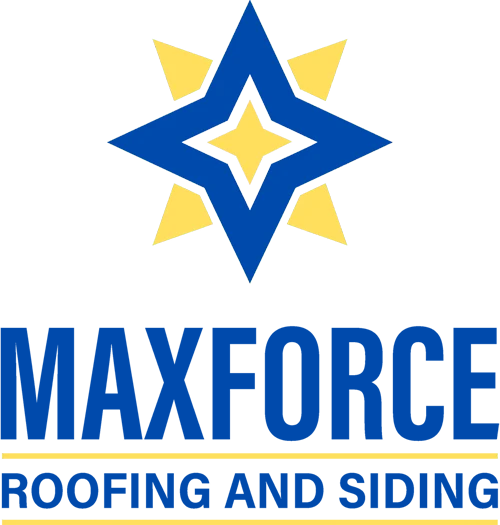
Essential Roof Inspection Guidelines: Safeguard Your Home
Comprehensive Home and Roof Evaluation
Initial Home Sweep
Begin with a thorough examination of both the interior and exterior of your home. This initial sweep is crucial for identifying any apparent irregularities or issues that may indicate roof damage.
Debris Assessment
Inspect for any accumulation of debris, particularly around gutters. Debris can obstruct water flow, leading to leaks and potential mold growth, which compromises roof integrity.
Rot Inspection
Pay special attention to gutters and roof overhangs for signs of rot. Early detection of rot is vital as it can be an early indicator of more significant roofing problems.
Shingle Condition Check
Examine the roof for any curled, lifted, or missing shingles. These conditions hinder the roof’s ability to protect your home from weather-related damage.
Granule Loss Evaluation
Assess the texture of your shingles for granule loss. This deterioration reduces the roof’s effectiveness in shielding your home, especially under extreme weather conditions.
Advanced Roof Inspection Techniques
Moisture Level Analysis
Utilize moisture detection tools to identify any hidden leaks or dampness under the shingles. This step is crucial for preventing mold growth and structural damage.
Structural Integrity Assessment
Evaluate the roof’s structure for any signs of sagging or unevenness. Structural issues can lead to significant damage if not addressed promptly.
Ventilation System Check
Ensure proper attic ventilation to prevent heat and moisture buildup, which can cause shingles to deteriorate prematurely.
Flashing and Sealant Inspection
Examine the flashing around chimneys, vents, and skylights. Check for cracks or breaks in sealants, as these are common areas for leaks to develop.
Gutter and Downspout Evaluation
Inspect gutters and downspouts for blockages and proper alignment. Efficient drainage is essential for preventing water damage to the roof and foundation.
Preventative Maintenance and Professional Inspection
Regular Cleaning and Maintenance
Keep gutters and roof surfaces clean to prevent debris accumulation and water pooling.
Professional Inspection
For a comprehensive assessment, consider hiring a professional roofing company like MaxForce Roofing and Siding LLC, based in Columbus, OH. Their expertise can identify potential issues that may not be apparent to the untrained eye.
Immediate Repairs
Address any identified issues promptly to prevent further damage. Delaying repairs can lead to more extensive and costly problems.
Long-term Roof Care Plan
Develop a maintenance schedule to regularly inspect and care for your roof. This proactive approach can significantly extend the life of your roof.
Conclusion
By following these detailed guidelines, homeowners can effectively inspect and maintain their roofs, ensuring long-term protection and durability. Regular inspections, combined with professional assessments, are key to identifying and addressing potential issues before they escalate into major problems. Remember, a well-maintained roof is crucial for the overall safety and integrity of your home.

